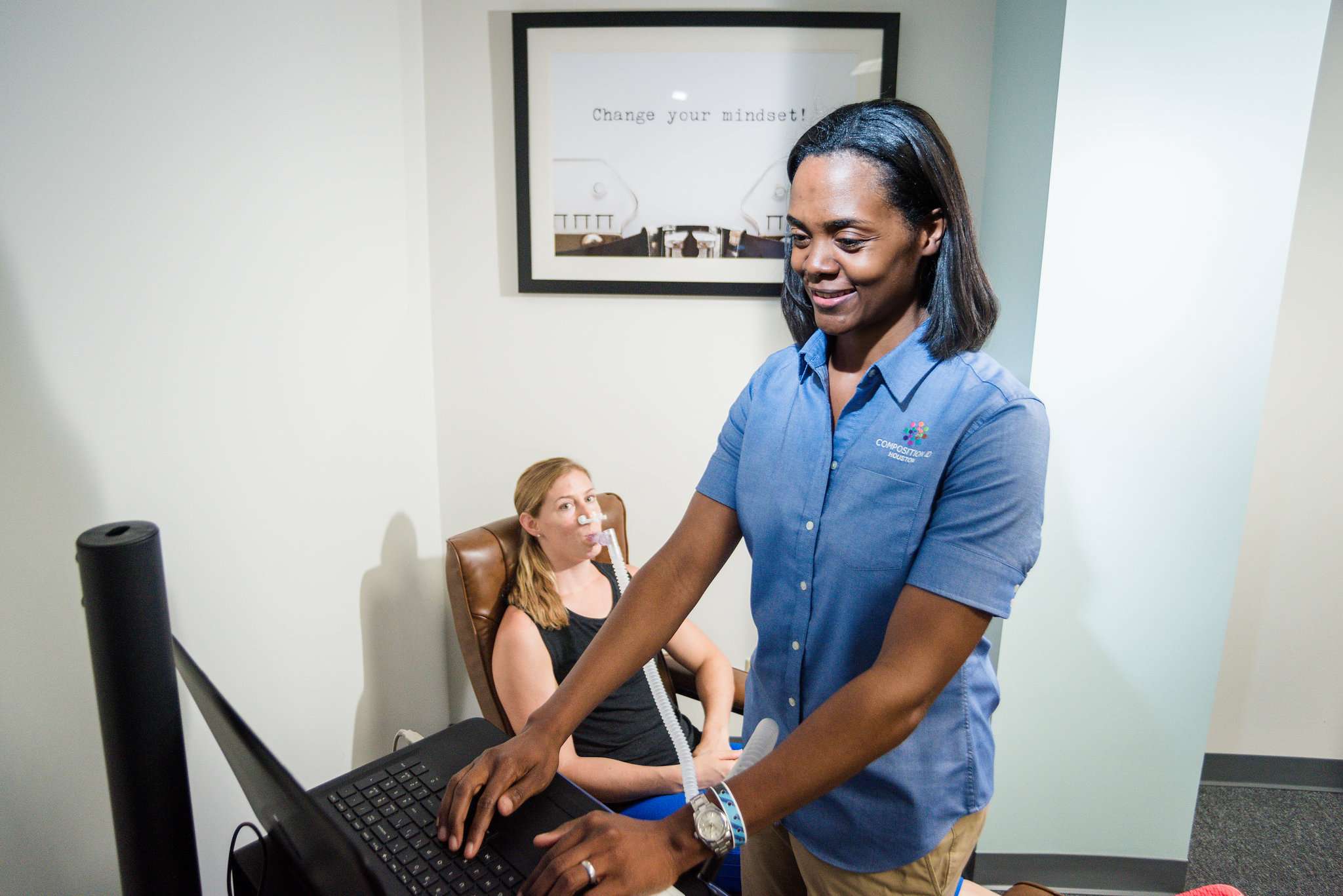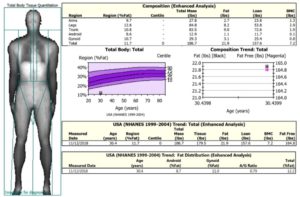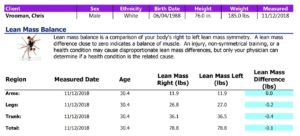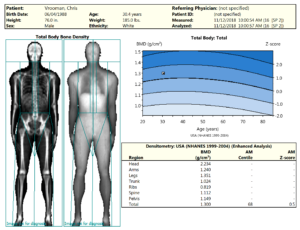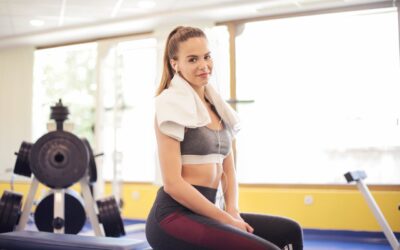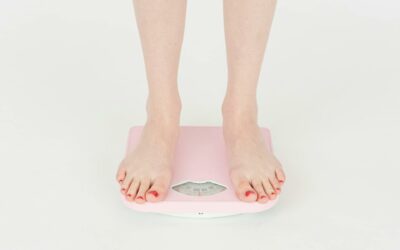Chris Vrooman, Arlington, VA client, discusses his learnings from a single CompID scan using DEXA technology. Read on to dive deeper into his perspective and how his ketogenic lifestyle translates into data. This article was adapted from Chris’ blog Road to Keto.
6 minutes… That’s the amount of time it takes to get your real lean muscle mass, percentage body fat, bone density, body shape, and an array of other useful measurements about yourself. We can of course guesstimate some of these things but they are ONLY rough estimates compared to what a DXA (formerly DEXA) scan can do.
I walked into Composition ID in Arlington, Virginia this morning only having a rough idea of what to expect. I wanted a confirmation that my 3-year ketogenic journey was setting me on the right path. I knew that a DEXA scan could detect subcutaneous fat (under the skin) and visceral fat (around the organs). Outside of my basic vital measurements, I haven’t done any major tests on myself since starting keto.
Time flies…I’ve lost about 8 pounds since starting the ketogenic diet. At 6’4″ and 190 pounds in the beginning, I didn’t have much to lose anyway.
From a health risk standpoint, I’ve been concerned about possible visceral fat accumulation. Visceral fat is known to be dangerous.
It’s not THAT uncommon for a thin person to have a low amount of overall body fat but to have a high amount of visceral fat near the organs.
So, What’s the Verdict?
I got the info I needed. It turns out… 3 years into keto…It doesn’t look like I am becoming the “Michelin Man” from the inside out. On the contrary, I’m at 11.7% body fat, 157.6 lb lean body mass, and my visceral adipose tissue is .18 lbs… So I’d say that keto has been treating me pretty well!
The average % body fat for a 30-year-old male looks to be about 25 – 35%.
A visceral fat reading of 1–2lbs or higher is a cause for concern [*]. It’s nice to see that keto isn’t putting all that coconut oil I’ve been wolfing down around my organs.
Rafi, the owner of that Composition ID, walked over the results with me after the scan. This was incredibly helpful. You get 6 pages of data afterward, so it really helps to have someone knowledgeable point out the important things.
The scan returns a heck of a lot more information…More than I was expecting. And, I have to be honest, all the info you get back on those six pages is pretty cool!
So, let’s break down what is included in the scan. From my perspective, I would classify the results into 3 separate categories for your body which are your percent body fat, body weight distribution, and Bone Mineral Density. Let’s look at my results.
Taking a Look at My Results
1. Percent Body Fat
DEXA shows the fat distribution in each of 5 different areas of your body as well as your overall percent body fat.
DEXA Scan Body Fat Locations:
- Arms
- Legs
- Trunk
- Android (Abs)
- Gynoid (Hips)
I actually had the smallest percentage of fat around my abs somehow (which is good because that is the highest disease risk area). The highest fat areas were my legs (12.6%), Trunk (10.8%), Gynoid(hips) (10.7%), arms (9.7%), followed by abs (8.6%).
Rafi pointed out that traditional percent body fat tests often report your results as being lower than what they actually are. These rely on the person using the caliper to accurately place it on the body. This is more difficult than you might think and requires a lot of practice. Even the best caliper tests get you to within plus or minus 3.5% of what you ACTUALLY are. [*]
2. Body Weight Distribution
DEXA breaks down where your mass is located on your body and how much lean mass vs how many pounds of fat you are carrying.
Before getting this scan, I assumed my lean body mass to be 147 lb as reported by a few different LBM calculators. The scan actually showed that this was about 10 pounds too low. I’m actually at 157.6 lbs lean mass…interesting! So, the calculators are close, but 10 pounds is enough to make a difference with calculating my macros.
I did NOT expect to find out about the symmetry of my body and the weight distribution of the left and right sides. The scan can detect if you have a greater weight on one side versus the other. It does it for both lean mass and overall body mass. DEXA found that my right side had slightly more total mass than my left (1.4 lbs more).
My difference in lean mass was much smaller – only .1 lb difference between left and right sides. Rafi said this was a negligible number. If your lean mass is far apart, then this could mean a couple different things.
- You are recovering from an injury.
- There is an underlying medical condition that is causing the imbalance.
- You could be at a higher likelihood to experience an injury.
If you a find that your right arm weighs more than your left arm due to injury, you could use that information to assess you overall recovery.
3. Bone Mineral Density (BMD and BMC)
